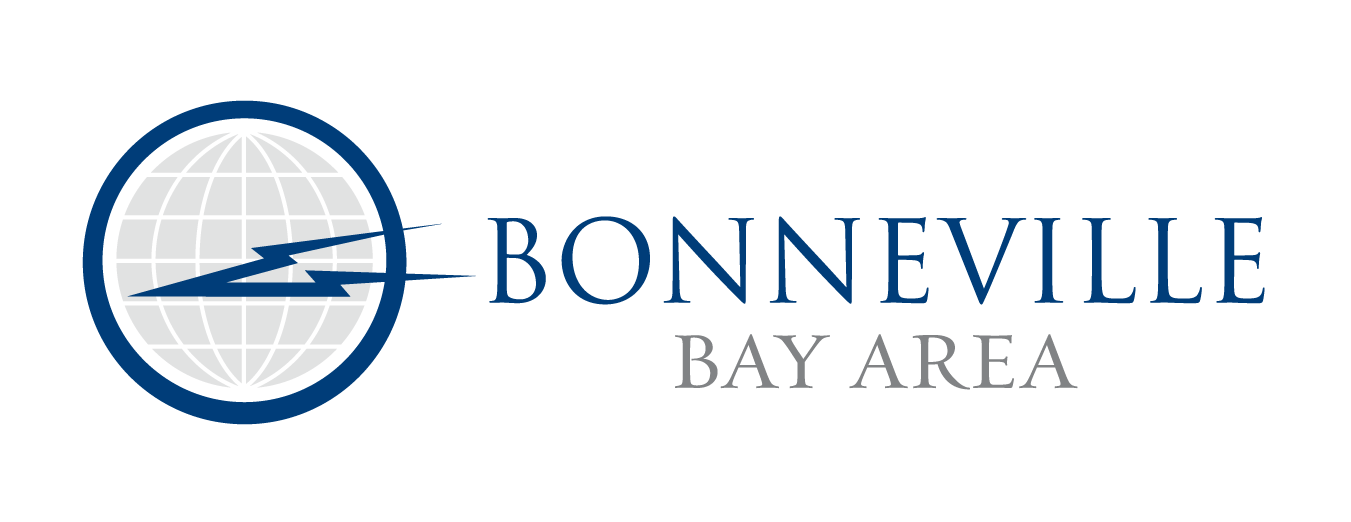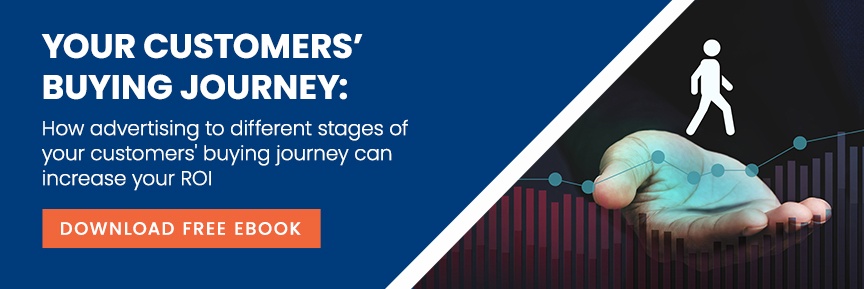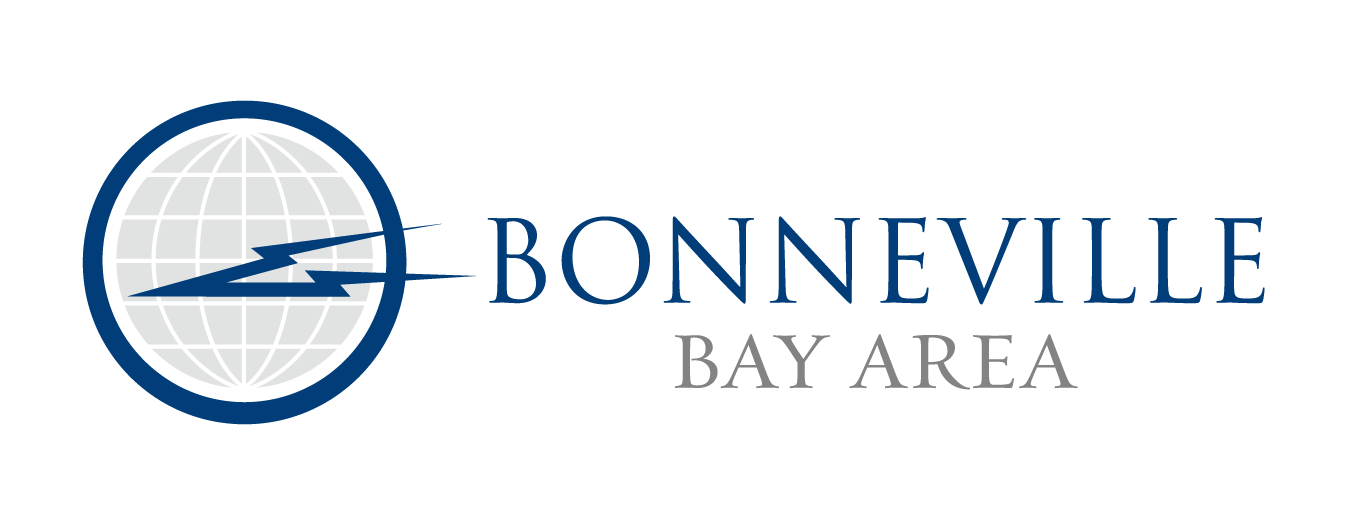
There is no shortage of evidence that proves the criticality of brand awareness. It increases engagement, search traffic, interaction during the research and consideration phases of the customer journey, and ultimately, new business growth. However, many marketers find it very difficult to link the investment to business revenue, particularly to shareholders eager to see verifiable ROI. The good news is that there are some ways to demonstrate the ROI of brand awareness, and we'll discuss them here.
Measure Consumers Exposed to Your Brand
Brand awareness is all about making your name a household one. In the American South, the Coca-Cola product is the catchall name for any soda, as in "Do you want a Coke? I have Dr. Pepper, 7-Up, and Coca-Cola." The same could be said of Kleenex, the ubiquitous term for any tissue, despite its distinct brand name. One the way to this level of brand awareness, you can track incremental lift in the following:
- Website traffic
- Blog shares
- Social media engagement
- Earned media
- Impressions
Practice Social Listening
If you want to know what the public thinks of your brand, listen. Fifty-eight percent of digital marketers must prove social media ROI before being approved for future budget requests. It requires tracking who is talking about you, what is being said, and whether it is positive or negative. Then, the key factor to your success is responding appropriately and rapidly, acknowledging the positive comments, and getting on top of any negative experiences before it hurts your brand.
Break Down Website Traffic
Another answer to the question of how to measure branding ROI is by analyzing website metrics such as the following:
- Website traffic - An increase in website traffic is a great indicator that your advertising is working. Referral traffic can tell you what platforms are funneling visitors your way and the types of content that are most effective for your target customer. Analyzing your direct website traffic lets you measure brand recall, an important component of brand awareness.
- Unique and repeat visits - Tracking unique visitors tells you the total size of your audience. These numbers help you determine the effectiveness of a new ad or channel. If your unique visitors don't increase, that may be an indicator to spend that budget elsewhere. Tracking repeat visits is an indicator of how interesting or useful your content is.
- Average user sessions and bounce rates - If your average user session is fairly long yet doesn’t convert, you may have a problem. On the positive side, average time on your site can indicate how compelling it is to users. Bounce rate - the number of visitors that leave your site after the first page - means you either have a problem attracting the right visitors or there is a problem with the overall user experience.
- Increases in organic traffic - Organic traffic typically indicates the visitors that come to your site through a search result. An uptick in organic traffic is an excellent indicator your awareness campaigns are working.
- Increased conversion rates - By setting goals to track conversions from your site visitors, you can readily demonstrate the ROI of brand awareness.
Monitor the Competition
Reaching and maintaining a competitive advantage requires a deep understanding of your competition. Before you start to plan and budget your campaigns, you should do what over 90% of Fortune 500 companies have been doing for many years: execute a competitive analysis. You can learn what does and doesn't work for your competition and apply that knowledge to your brand for a more effective marketing strategy without wasting time and money on the wrong tactics. Advantages of monitoring your competition before executing a strategy include:
- Gain insight into your competitors' strengths and opportunities so that you can plan a strategy that capitalizes on that knowledge. Fill a void they leave and do what they do more effectively or at a better price.
- Identify the channels where your competitors are successful at reaching your target audience and advertise there. Don't give them unchallenged opportunities to influence your ideal customers.
- Find out why customers choose your competitor and adjust your strategy to give them a reason to choose your brand instead.
Track Conversions
You can't know when you've arrived if you never knew where you were going in the first place. A successful brand awareness campaign must have clear goals that are tracked regularly to prove the ROI. Conversion tracking allows you to gain insight into how your customers engage with your business and what leads to the actions you want, whether that means signing up for a newsletter, calling your business from a mobile ad, or making a purchase.
Invest in Brand Awareness for Increased ROI
When you set achievable goals for your brand awareness campaigns and track them using the tips we've outlined here, you can effectively demonstrate ROI. However, it can be challenging for many marketers to understand exactly how to track them and what the results indicate. Working with an experienced media partner can help you more effectively measure your brand awareness campaigns' ROI.




